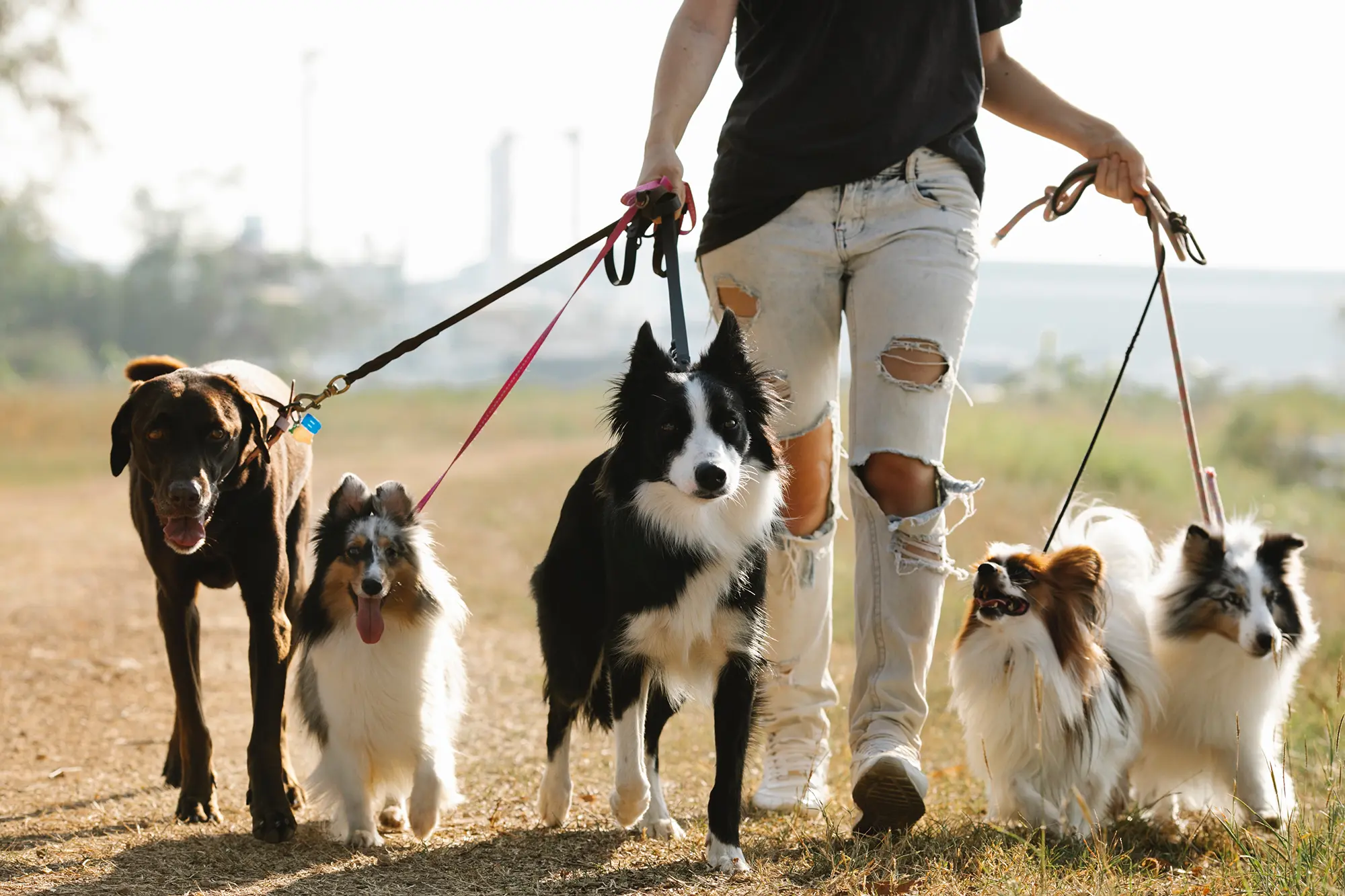dog psychology: a beginner’s guide to your dog’s mind
Author: PawPots Team
 23 Sep 2025
23 Sep 2025
 3 min
3 min Dogs have been living alongside humans for thousands of years, but sometimes their behavior can still seem mysterious. That’s where dog psychology comes in—it helps us understand how dogs think, why they react in certain ways, and how we can strengthen our bond with them.
Why Understanding Dog Psychology Helps
Knowing how your dog’s mind works has many benefits:
It makes communication between you and your dog clearer.
It helps prevent unwanted habits from forming.
Training becomes faster and less stressful.
It creates a stronger sense of trust.
When you see the world through your dog’s eyes, you’re not just giving orders—you’re connecting.
How Dogs Communicate Through Body Language
Dogs may not speak, but they use body signals all the time. A few common ones include:
Tail wagging: Usually shows excitement, though slow or stiff wags may mean uncertainty.
Ears pulled back: Often a sign of nervousness.
Relaxed posture: Comfort and safety.
Raised hair on the back: Alertness, stress, or fear.
By paying attention to these cues, you’ll know when your dog is relaxed, playful, or anxious.
The Pack Mentality and Daily Routine
In nature, dogs are pack animals. In your household, you and your family become their pack. They look to you for leadership and reassurance.
Dogs also thrive on routine. Feeding, walking, and bedtime schedules give them stability. A sudden change in routine may cause stress or behavioral issues.
Why Dogs Do What They Do
Many everyday dog behaviors have simple psychological roots:
Chewing: Puppies chew to explore; adult dogs may chew to ease boredom or anxiety.
Digging: Comes from ancestral instincts to hide food or create shelter.
Barking: Their way of talking—sometimes for excitement, other times as a warning or call for attention.
Jumping up: Usually a friendly greeting or a way to get noticed.
Understanding the reason behind these actions allows you to guide your dog without frustration.
Using Psychology to Shape Better Behavior
Reward good actions: Treats, praise, or play help dogs connect behaviors with positive outcomes.
Stay consistent: Clear boundaries avoid confusion.
Keep them mentally busy: Puzzle toys, games, and varied walks challenge their brain.
Socialize early and often: Meeting new people, dogs, and environments helps build confidence.
Dogs rarely act out of spite. Most behaviors come from instinct, emotion, or unmet needs.
Strengthening Your Relationship
At its core, dog psychology is about connection. Dogs are emotional and deeply sensitive to their owners’ moods. Showing patience, spending quality time together, and respecting their signals all contribute to a happier, more trusting relationship.
When you understand the way your dog thinks, life together becomes easier and more joyful.
Final Thoughts
Dog psychology isn’t complicated. It’s about watching, listening, and responding with empathy. By learning to read your dog’s signals and needs, you’ll improve communication, solve behavior issues more easily, and build a lifelong bond with your four-legged friend.
Why People Need Dogs

Give Back The Love
Show your love to your pets with our high-quality, delicious and healthy meals! Show your love to your pets with our high-
quality, delicious and
healthy meals!






